
Book Review: Invisible Cities by Italo Calvino

“Invisible Cities” is a unique book in which the interactions between the two main characters: Marco Polo and Kublai Khan, explore the essence of urban life, with the cities themselves becoming the central characters. This imaginative narrative invites readers to see the invisible and understand the complexities of urban existence.
Introduction
“Invisible Cities” is a unique book published in 1972 and structured as a series of poetic, prose-poem-like descriptions of 55 fictional cities, framed by a dialogue between the Venetian Marco Polo and Kublai Khan, the Mongol emperor. The cities are grouped into 11 thematic clusters, with each cluster containing five cities. These themes include:
- Cities & Memory
- Cities & Desire
- Cities & Signs
- Thin Cities
- Trading Cities
- Cities & Eyes
- Cities & Names
- Cities & The Dead
- Cities & The Sky
- Continuous Cities
- Hidden Cities
Each theme explores different aspects of urban life and human experience and each city is an imaginative construct that embodies various human experiences, philosophical ideas, and reflections of urban life. The book alternates between Polo’s descriptions and the conversations with Kublai Khan, providing a reflective framework that ties the cities together. This structure allows Calvino to explore a vast array of ideas and motifs, using the cities as metaphors for philosophical inquiries and existential reflections.
The book is particulalry relevant in today’s context of rapid urbanization, globalization and the evolving role of cities in human society, offering a profound meditation.
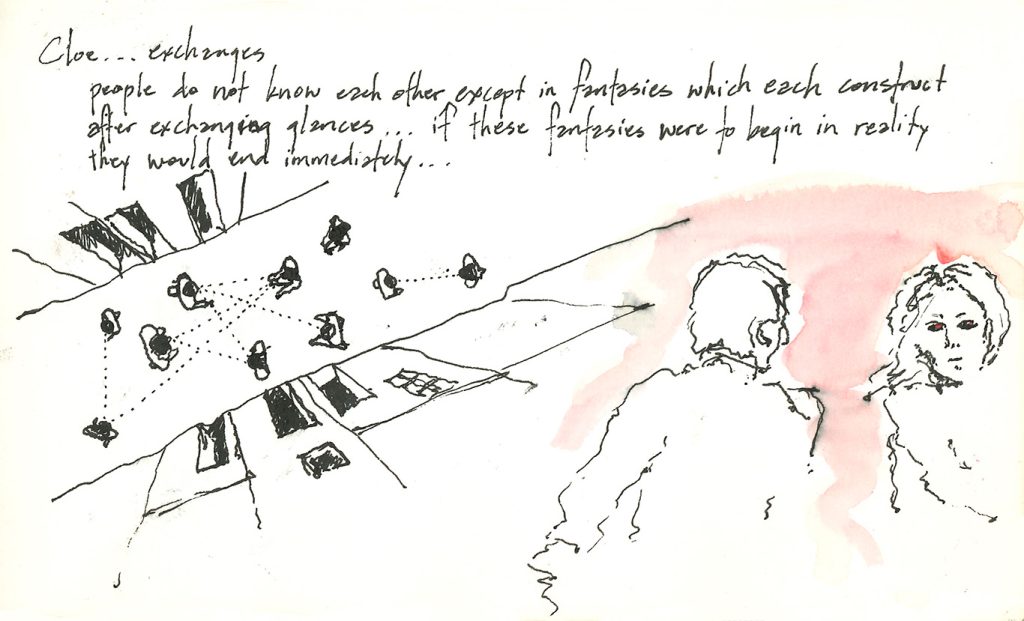
Overview
While much of the existing literature on urbanism and architecture focuses on practical and functional aspects of city planning and design, “Invisible Cities” provides a more introspective and philosophical perspective.
Some unique features of the book are:
- Non-linear Narrative, in fact, it is fragmented and cyclical, mirroring the labyrinthine nature of the cities described;
- Dialogic Framework, with an ongoing dialogue that serves as both an anchor and a reflective commentary on the descriptions;
- Imaginative Descriptions, with vivid, poetic language, allowing to delve into abstract concepts and create a surreal, dream-like atmosphere;
- Thematic Clusters, allowing a focus explorations of specific ideas but also making the book both diverse in content and coherent in structure;
- Philosophical Depth, with a richness in philosophical musings on topics such as memory, desire, and the nature of human existence, often using the cities as allegories for these deeper reflections.
In general, Calvino’s previous work already present some similar features such as his personal use of fantasy and imagination, a focus on human nature and condition. His experimental approach to narrative structure, filled with philosophical questions and reflections on existence. This perspective is crucial for understanding the deeper human aspects of city life that are often overlooked.
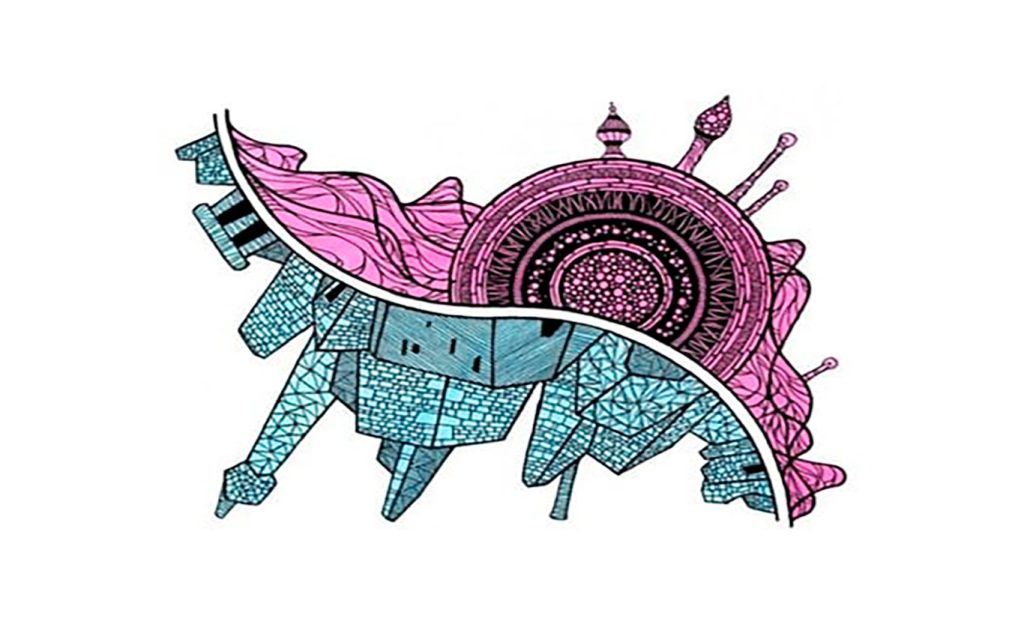
Source: Website Link
Architecture and Urbanism
Calvino’s descriptions relate to architectural theory and urban planning, bridging the literary and the architectural using a book. The relationship between the book and architecture is deep.
Calvino’s cities are not just places, but ideas. Each embodyign different aspects of human existence and urban life. For instance, the city of Zaira is described as being made of relationships between the measurements of its space and the events of its past, illustrating how architecture is intertwined with history and memory.
Calvino’s work prompts readers to think about cities not just as collectors of buildings but as a dynamic entities shaped by the experiences and perceptions of their inhabitants. This aligns with modern architectural theory, which considers how built environments influence human behavior and social interaction.
In the end, the book suggests that the true essence of a city lies in the interactions between its physical form and the lives of its people, it is all about the relationship that can be established.
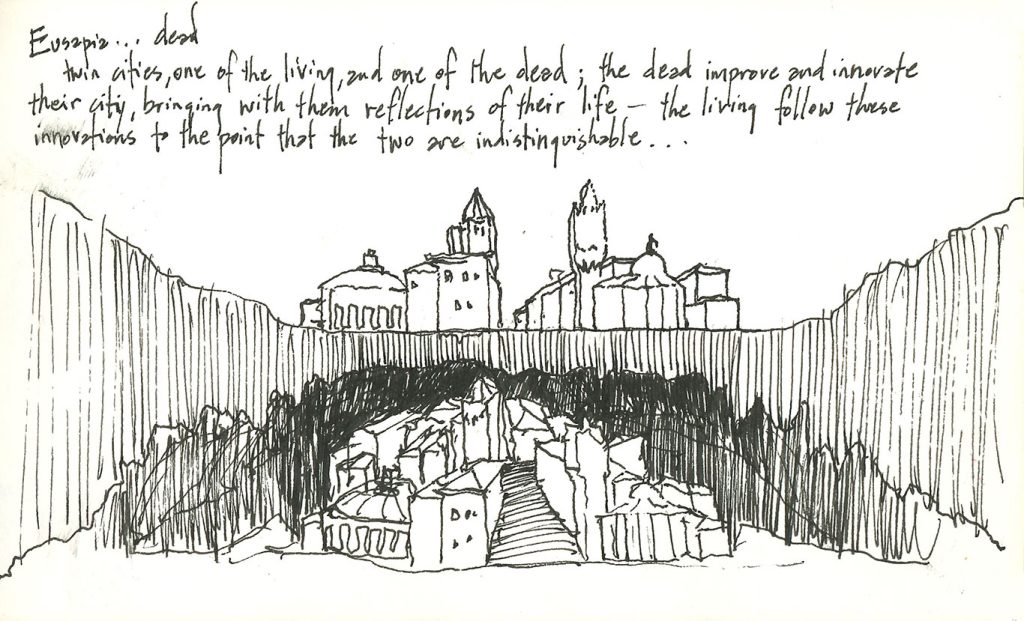
Cities and Genius Loci
In architecture, the concept of “Genius Loci”, or the spirit of place, is central to understanding how spaces resonate with their users.
“Invisible Cities” encapsulates this idea by presenting cities as living, breathing entities that are continuously redefined by their occupants’ stories and memories. The imaginative descriptions in the book push architects to think beyond functionality and aesthetics, encouraging a deeper consideration of the emotional and psychological impact of their designs.
In conclusion, the book is a profound exploration of urban life and architecture, presenting cities as metaphors for human experience. It challenges readers and architects alike to look beyond the physical structures of cities and consider the deeper, often invisible, forces that shape urban environments. Encouraging towards a holistic approach to urban design, considering emotional and psychological impacts alongside functional and aesthetic considerations.
A timeless reflection on the relationship between people and the spaces they inhabit, making it an essential read for anyone interested in the intersection of literature, philosophy, and architecture.
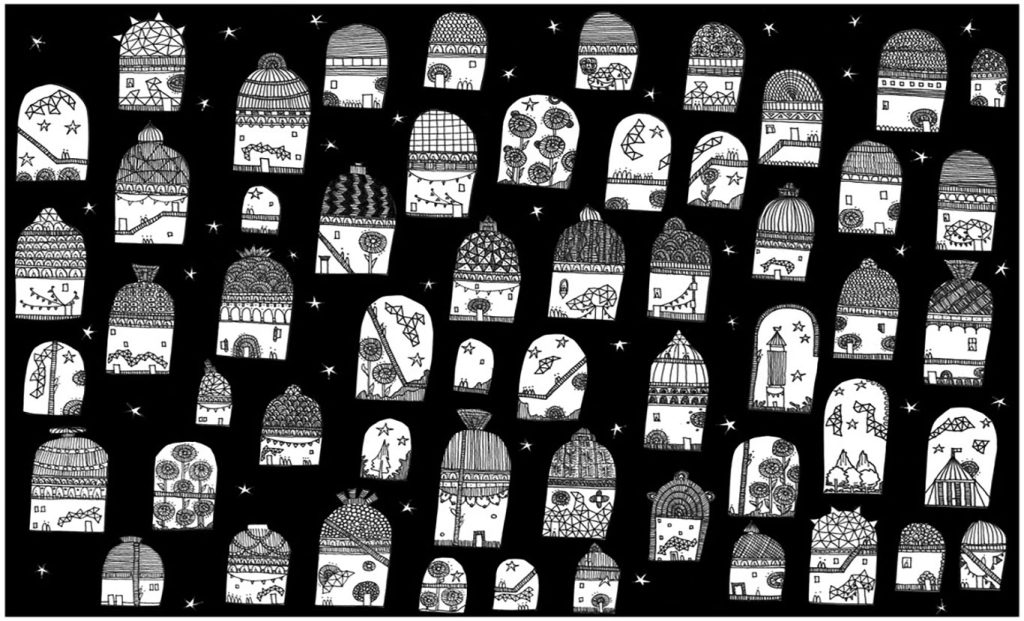
The Book as a Journey
The journey of creative individuals to make new contributions but also the journey of an entire discipline are both fascinating angles to write new chapters of architecture’s quest for more purpose, beauty, relevance, impact. But, whatever elements, routes or relationships, what stays is the same old ambition to design a building, a place, if not an address on earth. In a nutshell, to design a destination. Architecture, however, and Calvino, nonetheless, can be an dmust be seen not just as buildings or cities, but as movements, to and from itself. A formation in space AND time, including the gesture and act of telling a story across scales and time zones.
Calvino demonstrates that architecture can be the practice of designing the in-between, the movement to and from, the principles of dynamics in a paradigm of permanence and stability. Calvino is able to represent architecture not as the ending point, the destination, but as the relationship that exists between points, the medium that connects and relates.
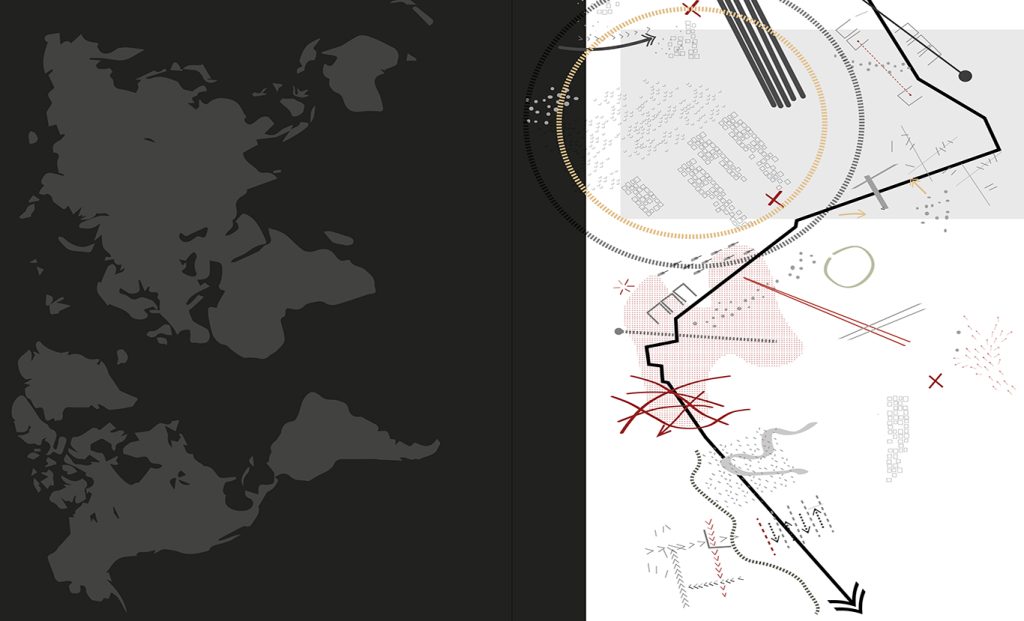
Source: author
Gaps addressed by Invisible Cities
Even though Calvino’s book provides new perspectives and topics, it also addresses several gaps in the existing literature on architecture and urbanism:
- Human Experience is important, in fact, Calvino offers a richer understanding of how people interact with and are affected by their environments;
- The book delves into the Symbolic and Metaphorical dimensions of urban spaces, adding meanings;
- By presenting cities as constructs of memory and narrative, Calvino challenges the static, advocating for a more Dynamic and Multifaceted understanding;
- The whimsical, diverse, and often paradoxical nature of Calvino’s cities provides a critique of modernist urban planning, which tends to prioritize uniformity and efficiency over cultural richness and individuality.
In summary, Invisible Cities is a significant work that fills important gaps in the literature on urbanism and architecture, offering timeless insights that are particularly relevant in our contemporary urban landscape.
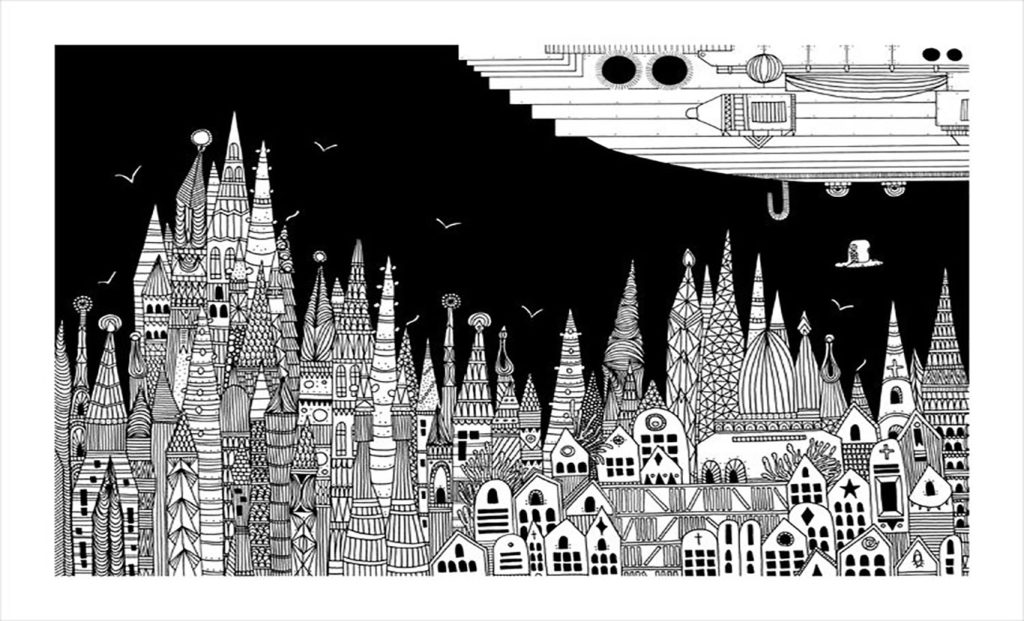
Living narratives inside and outside
One of the most compelling architectural insights in Invisible Cities is the concept of architecture as a living narrative.
In cities lika Zaira, the buildings and streets are imbued with the memories and histories of their inhabitants. The architecture here is not static by dynamic, evolving with the collective memory of the people. This idea challenges the traditional notion of architecture as a fixed and permanent structure, suggesting instead that buildings are repositories of stories and emotions, continuously shaped by the passage of time.
In cities like Eutropia, inhabitants migrate between identical cities to prevent the monotony of life. In this case it is illustrated how urban spaces are defined not just by their physical attributes but by the social interactions they foster. The architecture in these cities serves as a backdrop to the human experience, highlighting the interplay between space and society.
In another city, like Sophronia, Calvino explores the ephemeral nature of cities. Sophronia has a temporary fairground and a permanent structure, it symbolizes the fleeting and the eternal aspects of life. The juxtaposition of the transient and the permanent in architectural forms underscores the impermanence inherent in human existence.
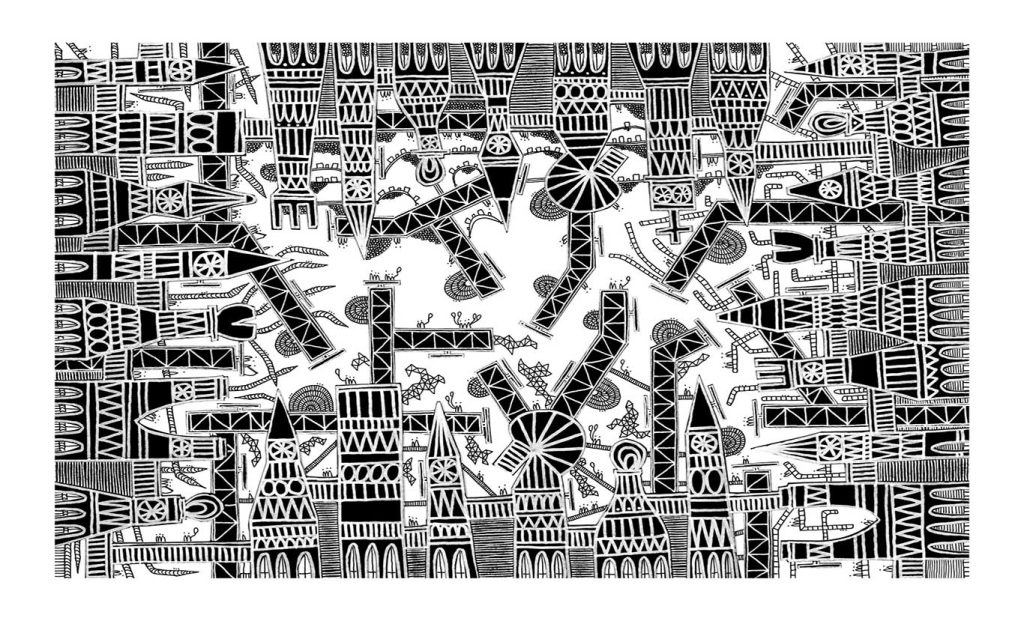
SPACE, Memory, Identity
Three keywords that are at the base of the entire book. In fact, the cities Marco Polo describes are mirrors of our deepest selves, revealing the intricate connections between space, memory and identity.
- Space is both physical and conceptual and all the cities are a representation of different aspects of human life and thought. Calvino’s cities challenge the reader to see urban spaces as more than mere settings, they are dynamic landscapes that interact with their inhabitants.
- It can be seen in Zenobia, a city built on stilts, with houses, staircases and bridges above ground. Its unique spatial arrangement reflects the inhabitants’ desire for freedom and elevation above the mundane. Moreover, the vertical space in Zenobia symbolizes aspiration and a detachment from earthly concerns, suggesting that the way we shape our environment can reflect our innermost desires and values.
- Memory is another keyword in this book since it plays a crucial role in shaping the identity of cities in the whole narrative. Each city is a repository of the collective memories of its inhabitants, and these memories influence the city’s form and character. Architecture serves as a physical manifestation of memory, with buildings and streets acting as mnemonic devices that preserve and convey the past.
- For example, Zaira is a city where every building, every street and every object is tied to the memories of its citizens. Architecture is a palimpsest of historical events, personal stories, and cultural heritage. Here more than everywhere else. Calvino writes “The city does not tell its past, but contains it like the lines of a hang, written in the corners of the streets.” That’s why Zaira exemplifies how memory is embedded in the urban fabric, shaping the city’s identity and the experiences of its people.
- Identity in Invisible Cities is closely linked to the unique characteristics of each city. The identity of a city is not only defined by its physical attributes but also by the experiences and perceptions of its inhabitants. Calvino explores how the built environment influences and reflects the collective and individual identities of those who dwell within it.
- Maurilia is a city that lives in the tension between its past and present. Visitors are shown old postcards depicting the city as it once was, alongiside the contemporary cityscape. The juxtaposition highlights the changes over time and nostalgia for a lost identity. This reflects the idea that cities, like people, evolve and that their identities are fluid and shaped by the passage of time and collective memory.
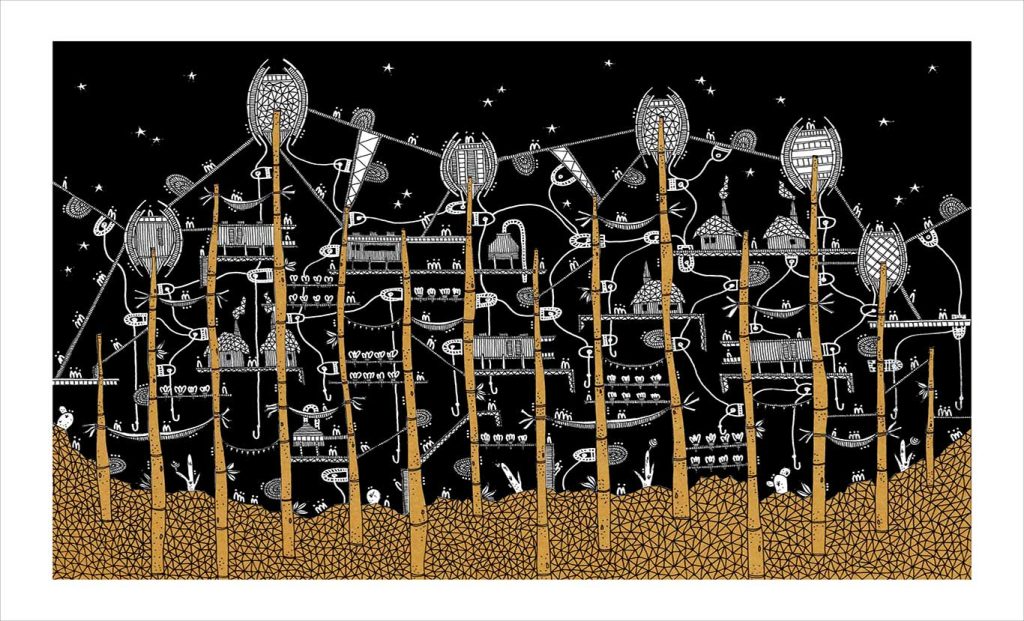
Source: Website Link
Names of Cities Mentioned by Italo Calvino
- Diomira: A city of sixty silver domes, bronze statues of all the gods, and avenues paved with lead.
- Isidora: Known for its spiral staircases, crystal theater, and enticing visions of future desires.
- Zenobia: Built on stilts, with homes made of bamboo and zinc, a labyrinth of suspended pathways.
- Euphemia: A trade city where merchants gather to exchange stories and goods under large tents.
- Zobeide: A white city with high walls, designed by dreams, built by men chasing a recurring vision of a woman.
- Hypatia: A city of philosophers and scholars, known for its labyrinthine alleys and signs with hidden meanings.
- Armilla: A city of pipes and water, where no walls or ceilings exist, creating an open and fluid urban landscape.
- Sophronia: Comprised of two halves, one permanent with stone buildings and the other temporary with a circus.
- Octavia: The spider-web city, suspended over a void, connecting houses and pathways with ropes and chains.
- Ersilia: A city of strings, where inhabitants map out relationships by connecting buildings with colored threads.
- Eutropia: A network of cities, each identical but lived in differently, constantly rotated by its inhabitants.
- Zemrude: A city perceived differently depending on the observer’s mood, either as a ruin or a thriving place.
- Zaira: A city of memory, where every stone, corner, and alley retains the history and past lives of its residents.
- Maurilia: A city where postcards of its past are sold, inviting visitors to compare the old and the new.
- Esmeralda: A city of water and bridges, where canals and staircases create a complex, fluid network.
- Phyllis: Known for its vertical gardens and towers, where people live amidst lush greenery and flowing water.
- Leonia: A city that renews itself daily, disposing of yesterday’s goods and waste, always brand new.
- Olinda: A city that grows in concentric circles, each layer expanding like the rings of a tree.
- Argia: A city filled with earth, where residents move through tunnels and underground passages.
- Thekla: A city perpetually under construction, with scaffolding and cranes always present, symbolizing endless potential.
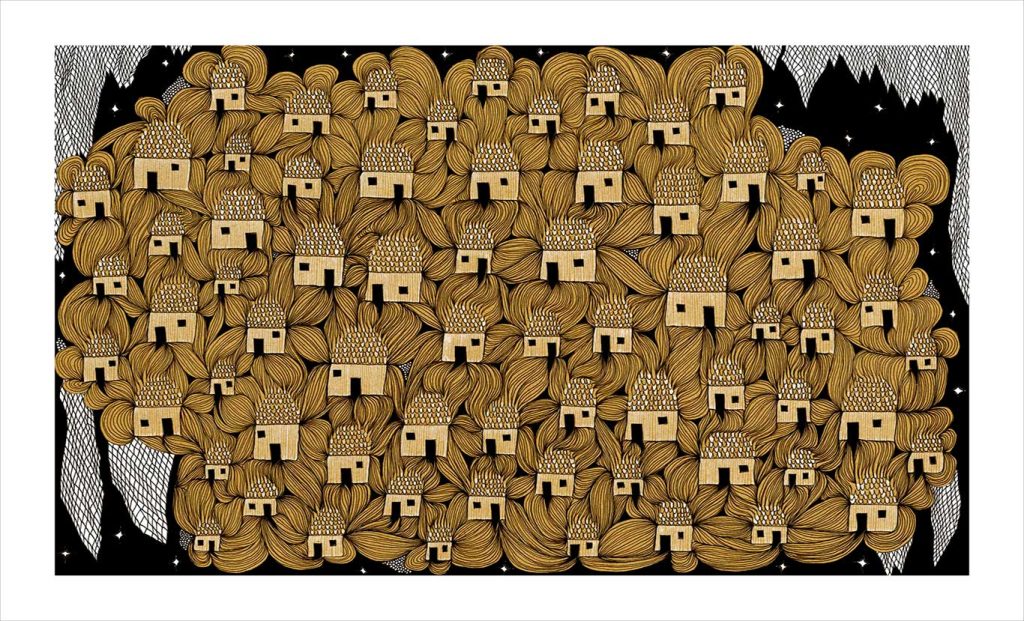
Conclusion
Invisible Cities is a masterpiece that blends fiction, travelogue, and philosphical meditation into a singularly unique literary experience. While much has been said about the novel’s exploration of memory, desire and the intricate natura of human experience, an often overlooked yet intriguing aspect is Calvino’s profound commentart on architecture and its deeper existential implications. Calvino’s cities is a microcosm, a reflection of the complexities of our inner lives. The architecture goes beyond what it looks live. It becomes a medium through which the ineffable aspects of existence are conveyed.
Invisible Cities is not just a book about fantastical urban landscapes; it is a meditation on the essence of architecture and its role in human life. Calvino’s visionary approach challenges us to rethink our understanding of space and place, urging us to recognize the profound connection between the physical and the metaphysical. He challenges us to see cities not merely as physical entities but as living, breathing embodiments of human experience. By exploring how architecture can reflect and influence the memories and identities of its inhabitants, Calvino opens up new ways of thinking about the spaces we inhabit and the stories they tell.
References
- https://www.archdaily.com/805442/italo-calvinos-invisible-cities-illustrated-again?ad_medium=gallery
- https://davidfleck.co.uk/invisible-cities
- https://uxdesign.cc/what-metaverse-platforms-can-learn-from-italo-calvinos-invisible-cities-dbebbe14d355
- https://matteopericoli.com/portfolio-item/invisible-cities/
- https://ekostories.com/2015/06/21/italo-calvino-invisible-cities/
- http://www.haigharchitects.com/invisible-cities/
- https://rowellbrokaw.com/blog/2018/10/2/mark-youngs-illustrations-and-nicola-fucignas-article-on-italo-calvinos-invisible-cities-featured-in-construction-literary-magazine
- https://karinapuente.com/
- https://medium.com/@pooja.tarun.patel/understanding-invisible-cities-with-authors-illustrations-for-each-and-every-city-3648e044279d
- https://www.collater.al/the-invisible-city-camille-benoit-mariana-gella-paper-art/

Asia Druda
About the author
Druda Asia is a left and right-brain student just graduated from Politecnico di Milano and Tongji University and cannot wait to discover more about architecture!
Related articles


Architecture Professional Degree Delisting: Explained

Periodic Table for Urban Design and Planning Elements


History of Urban Planning in India

Best Landscape Architecture Firms in Canada
UDL Illustrator
Masterclass
Visualising Urban and Architecture Diagrams
Session Dates
17th-18th January 2026

Urban Design Lab
Be the part of our Network
Stay updated on workshops, design tools, and calls for collaboration
Curating the best graduate thesis project globally!

Free E-Book
From thesis to Portfolio
A Guide to Convert Academic Work into a Professional Portfolio”
Recent Posts
- Article Posted:
- Article Posted:
- Article Posted:
- Article Posted:
- Article Posted:
- Article Posted:
- Article Posted:
- Article Posted:
- Article Posted:
Sign up for our Newsletter
“Let’s explore the new avenues of Urban environment together “



























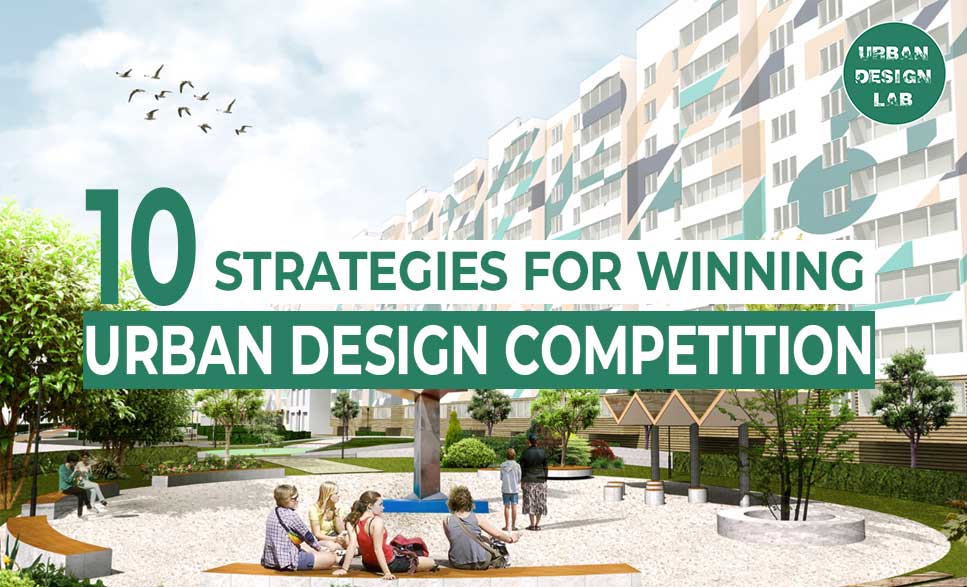
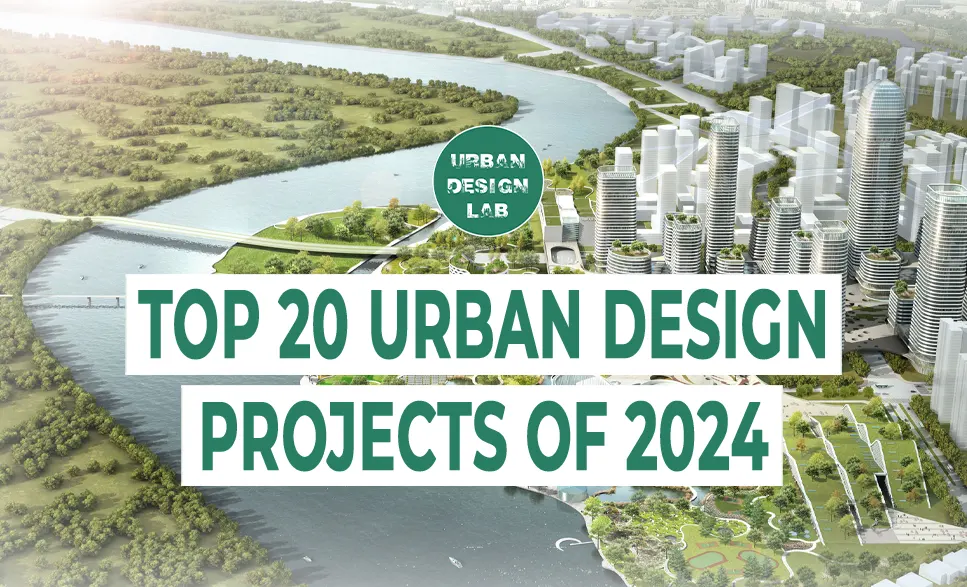
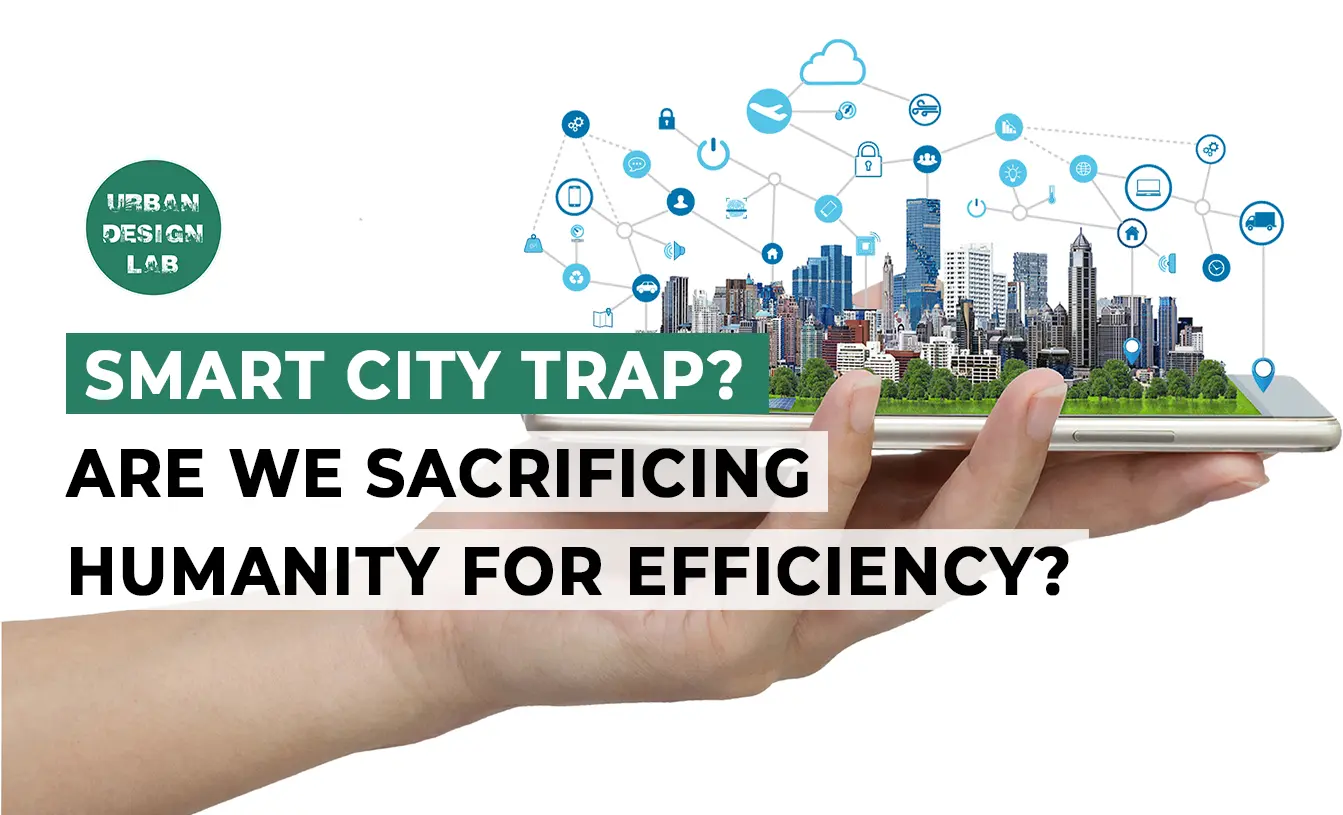
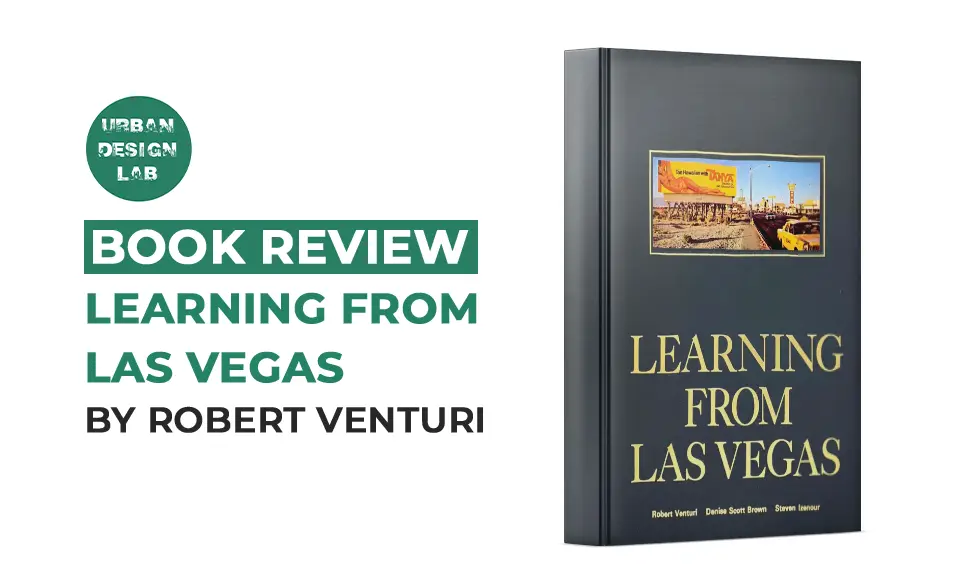

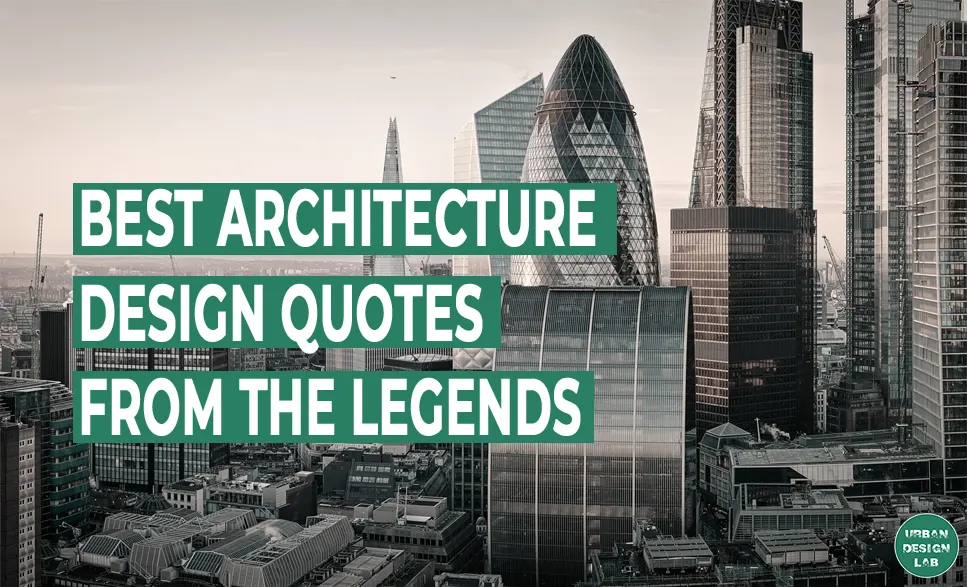
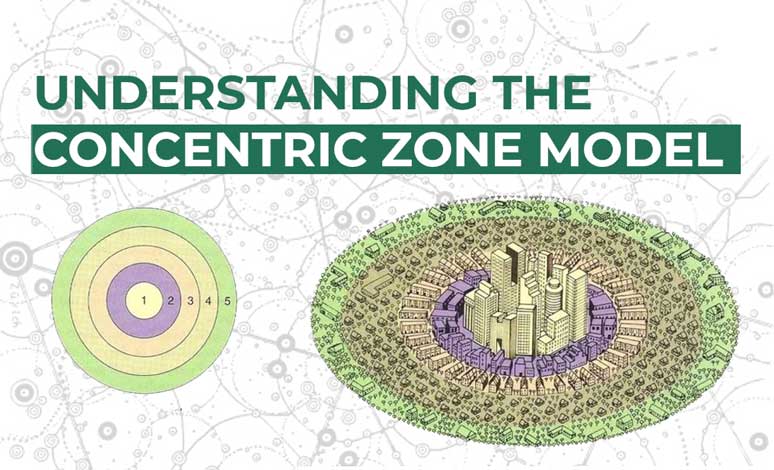

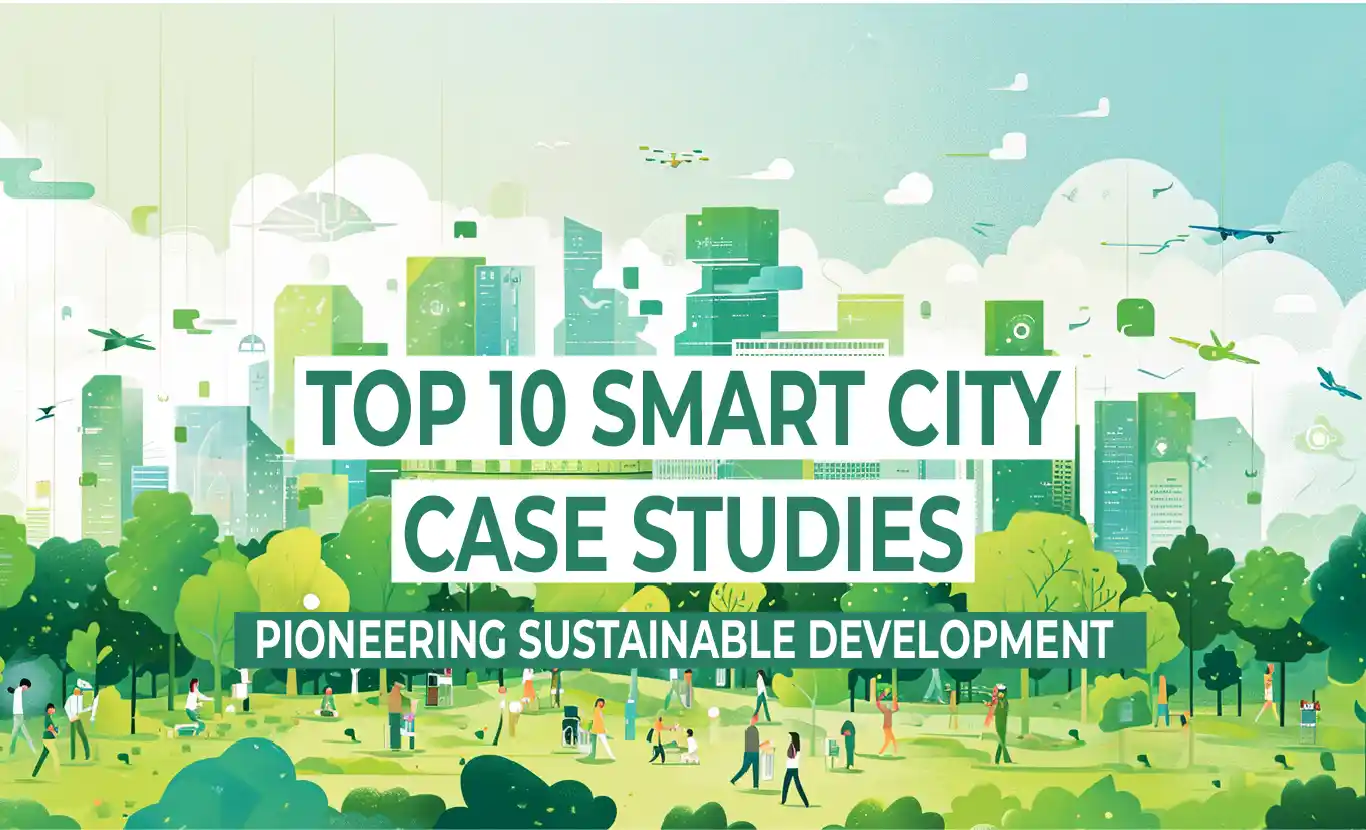

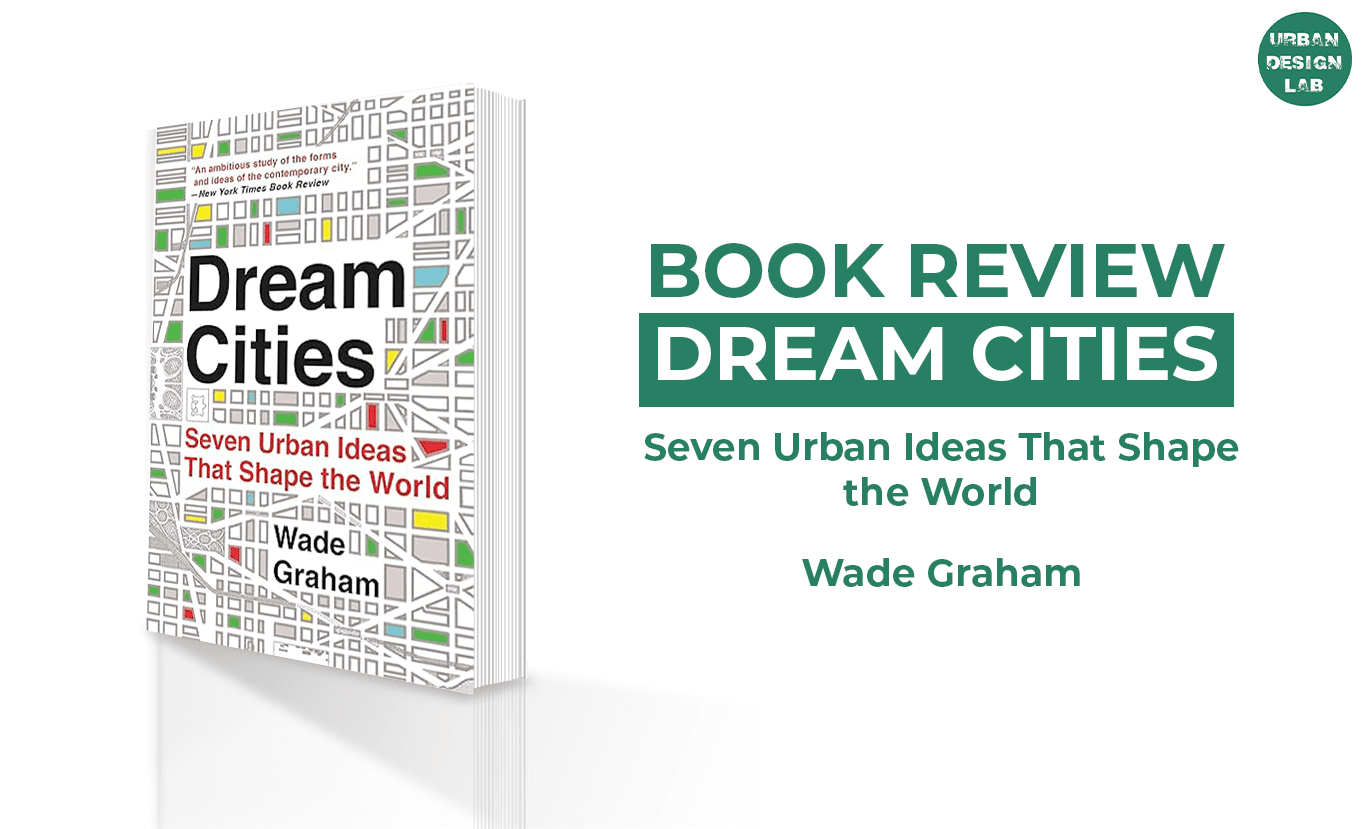

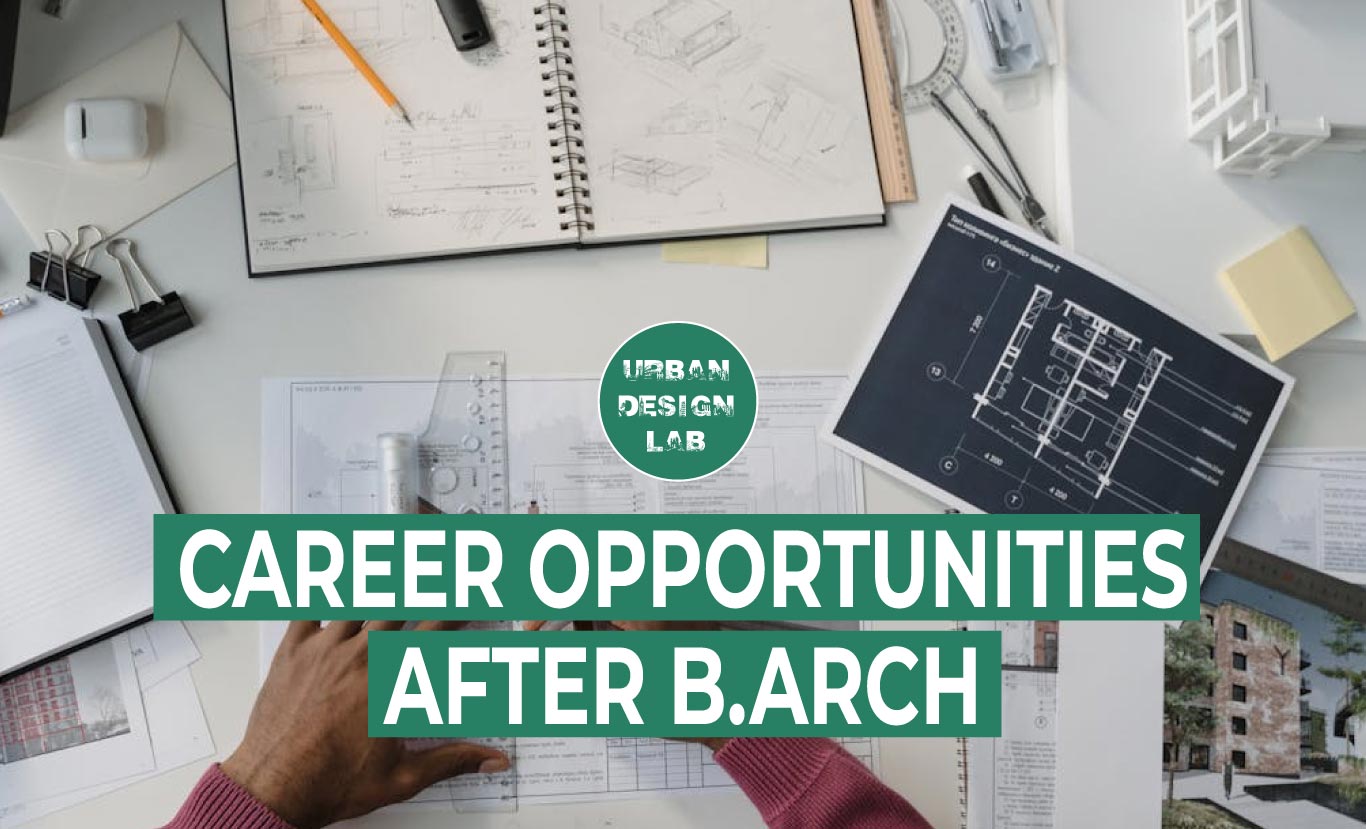
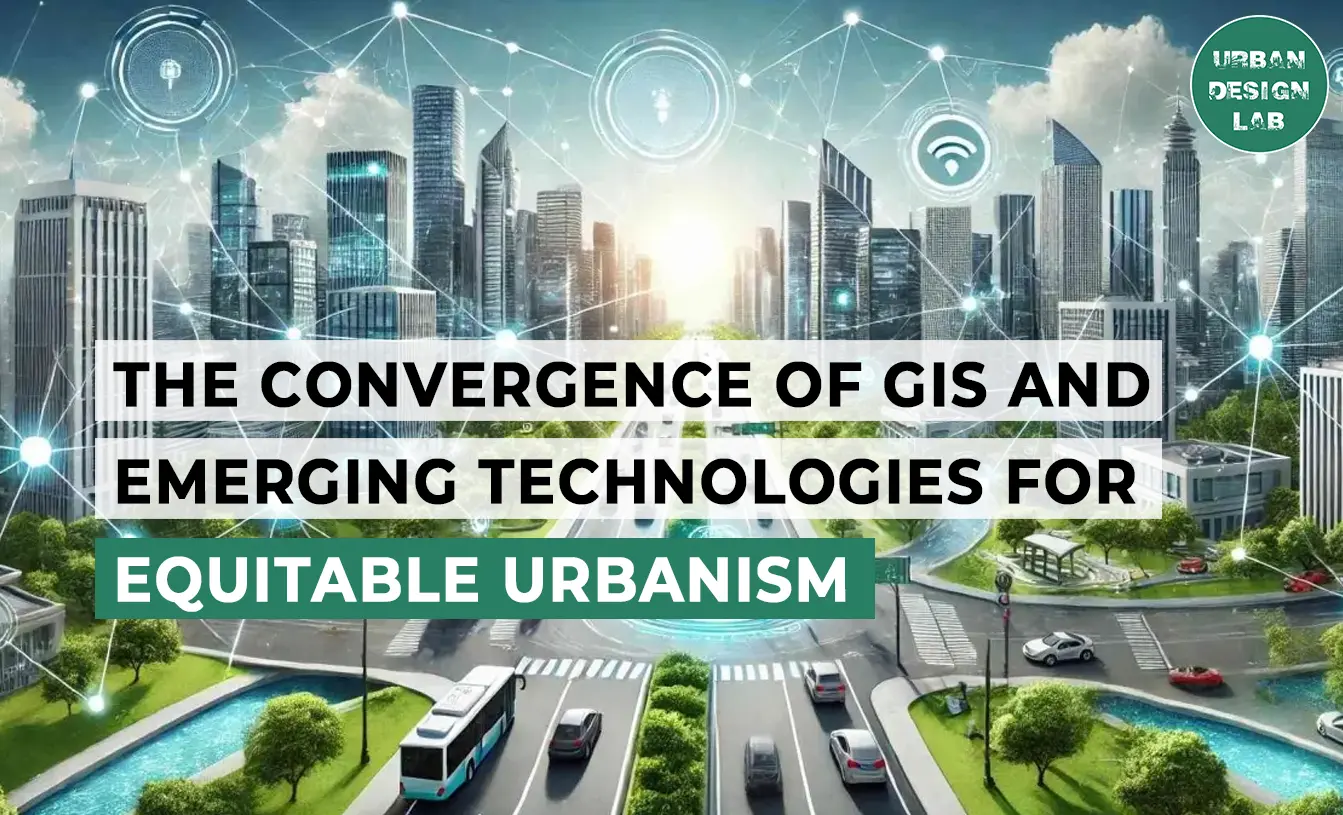
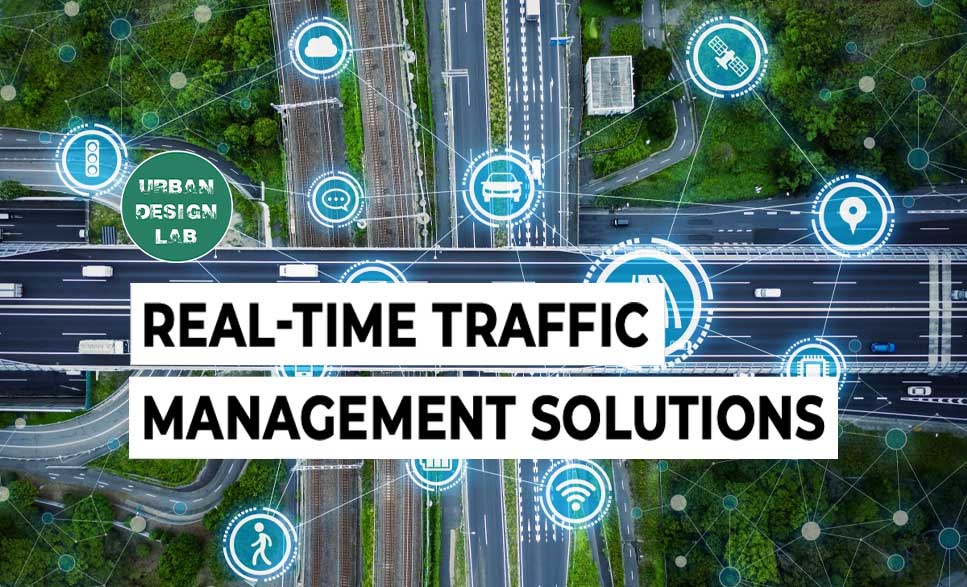



One Comment
I really enjoy the review…thanks for an inspiring review